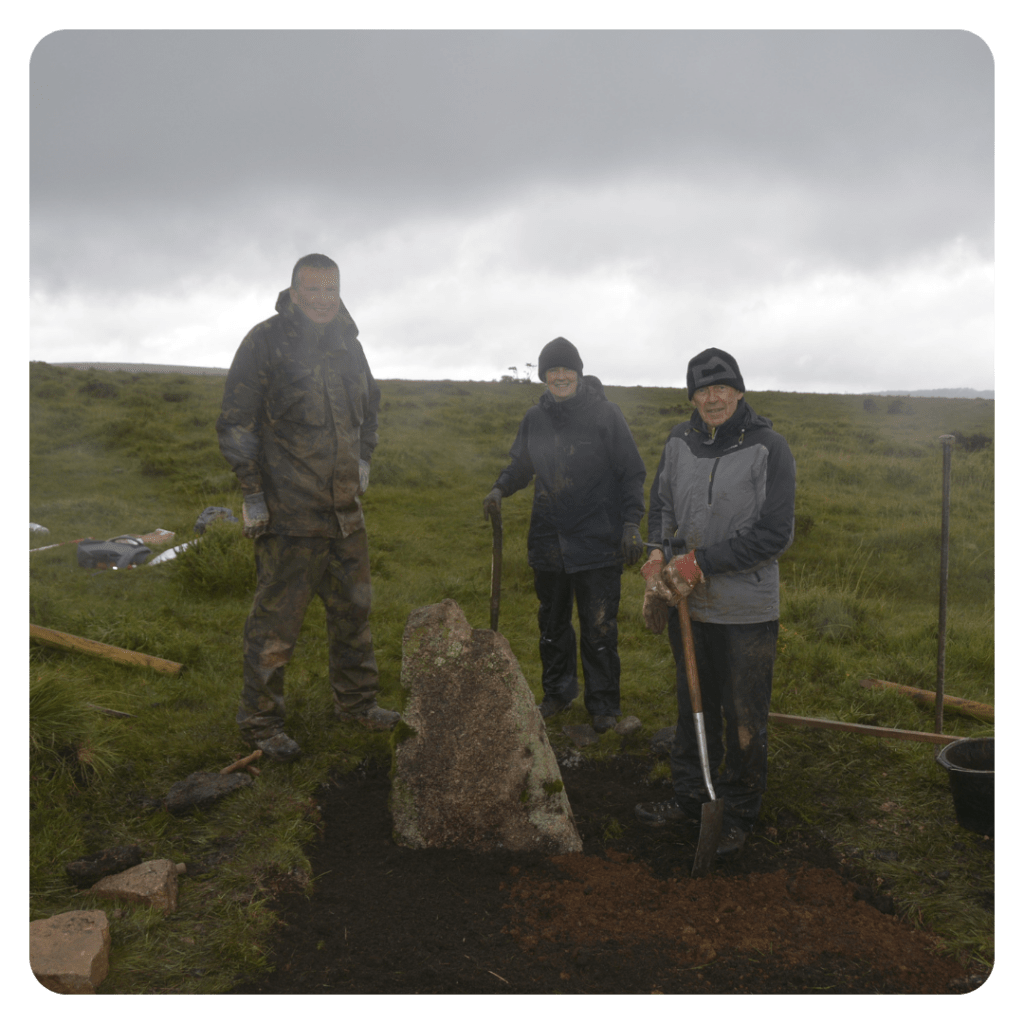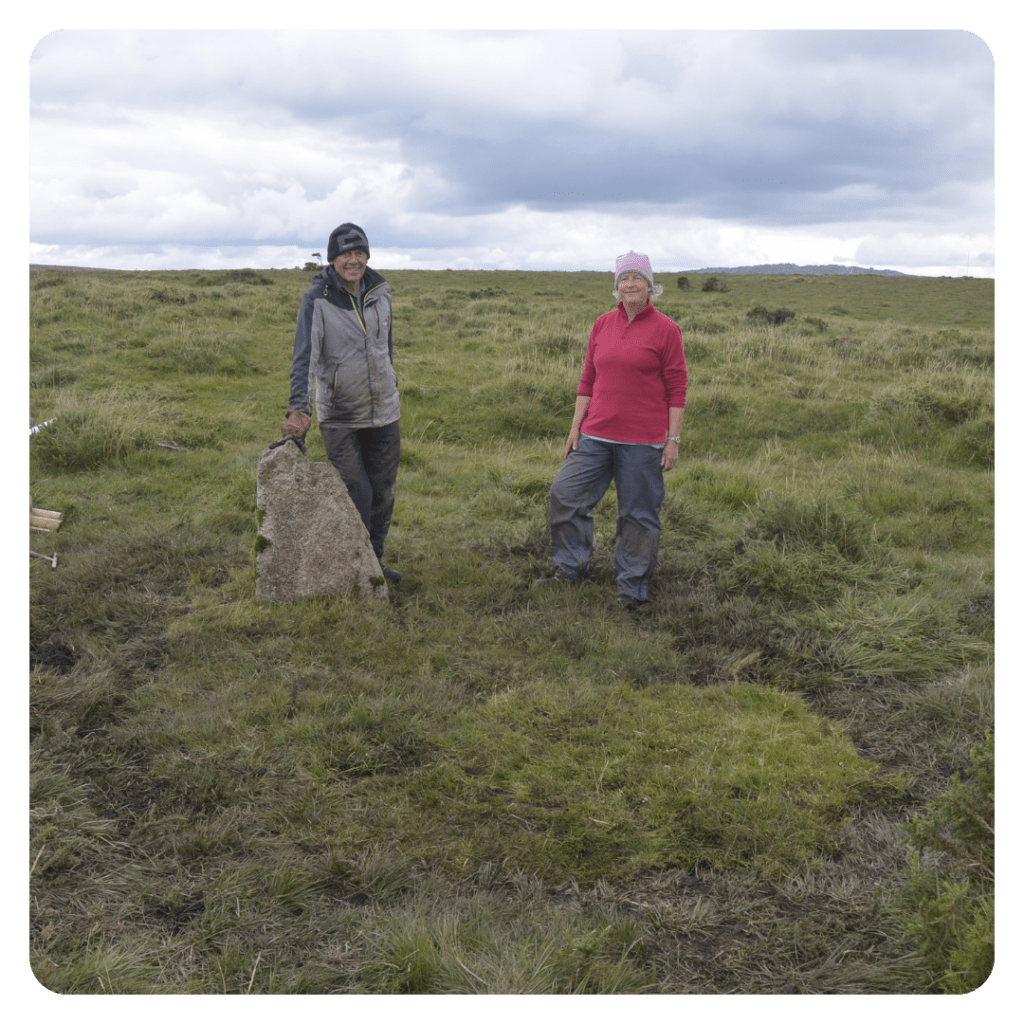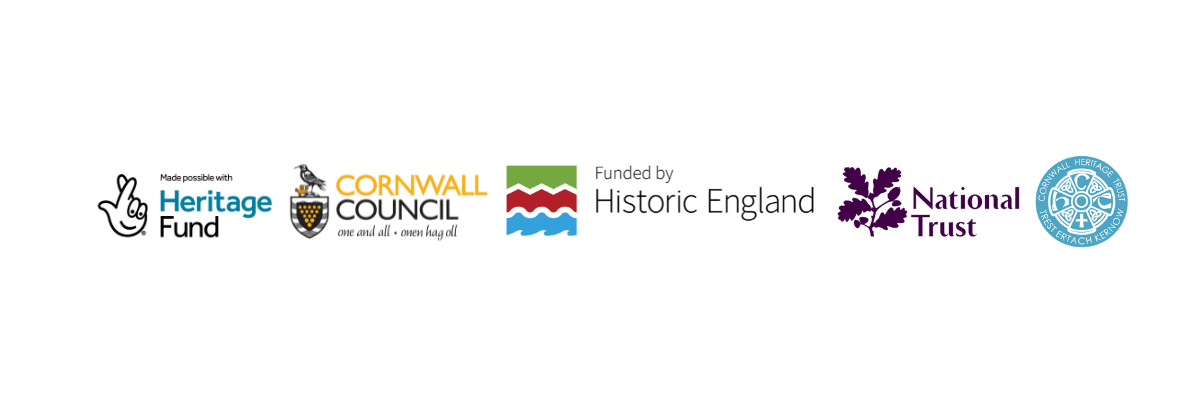
Landscape charity looking for a new leader
Cornwall National Landscape Trust are looking for a new Chairperson to lead the charity which supports the protected landscape in Cornwall. The Trust are looking for a Chair that possesses...
James Richards
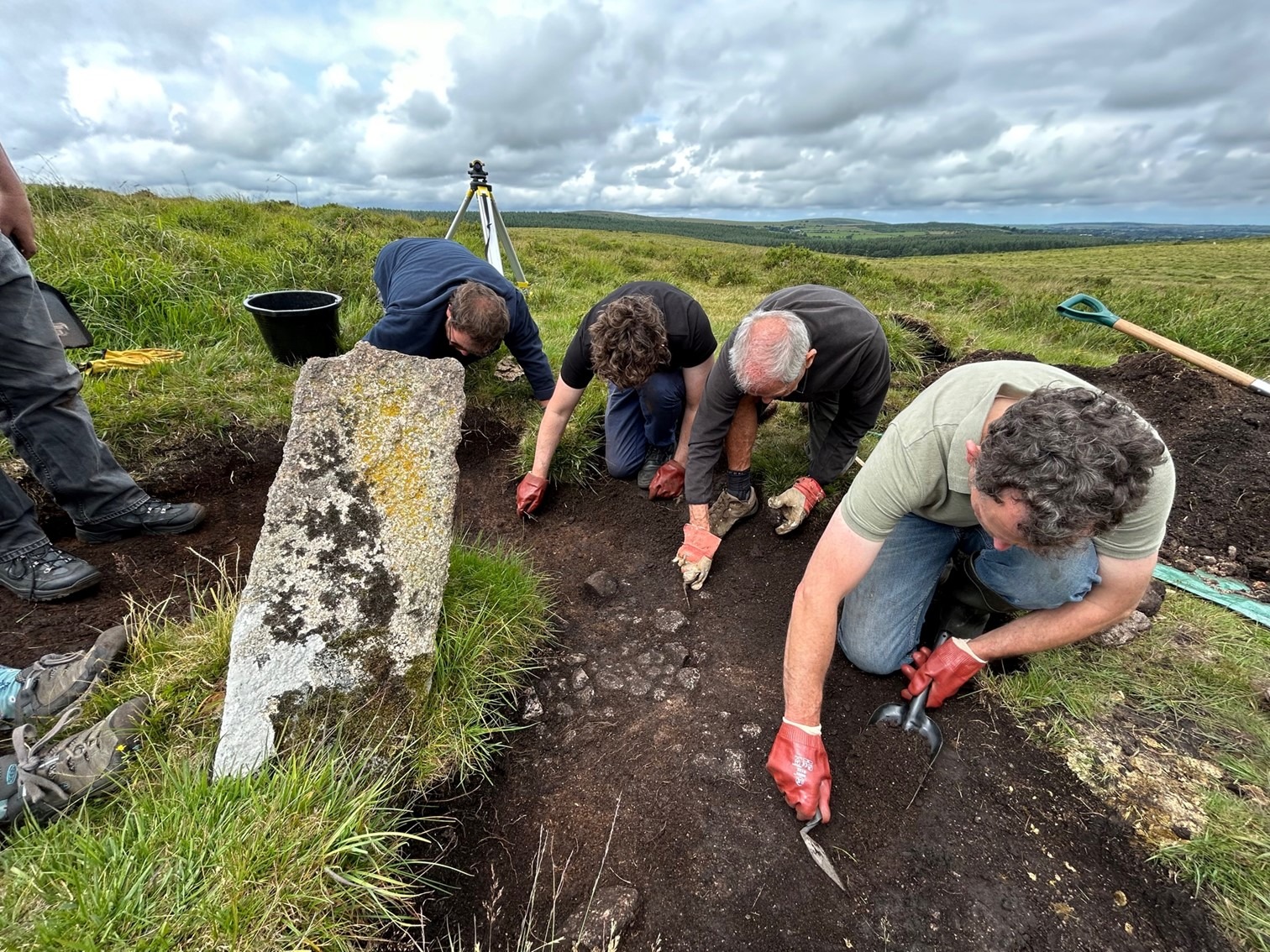
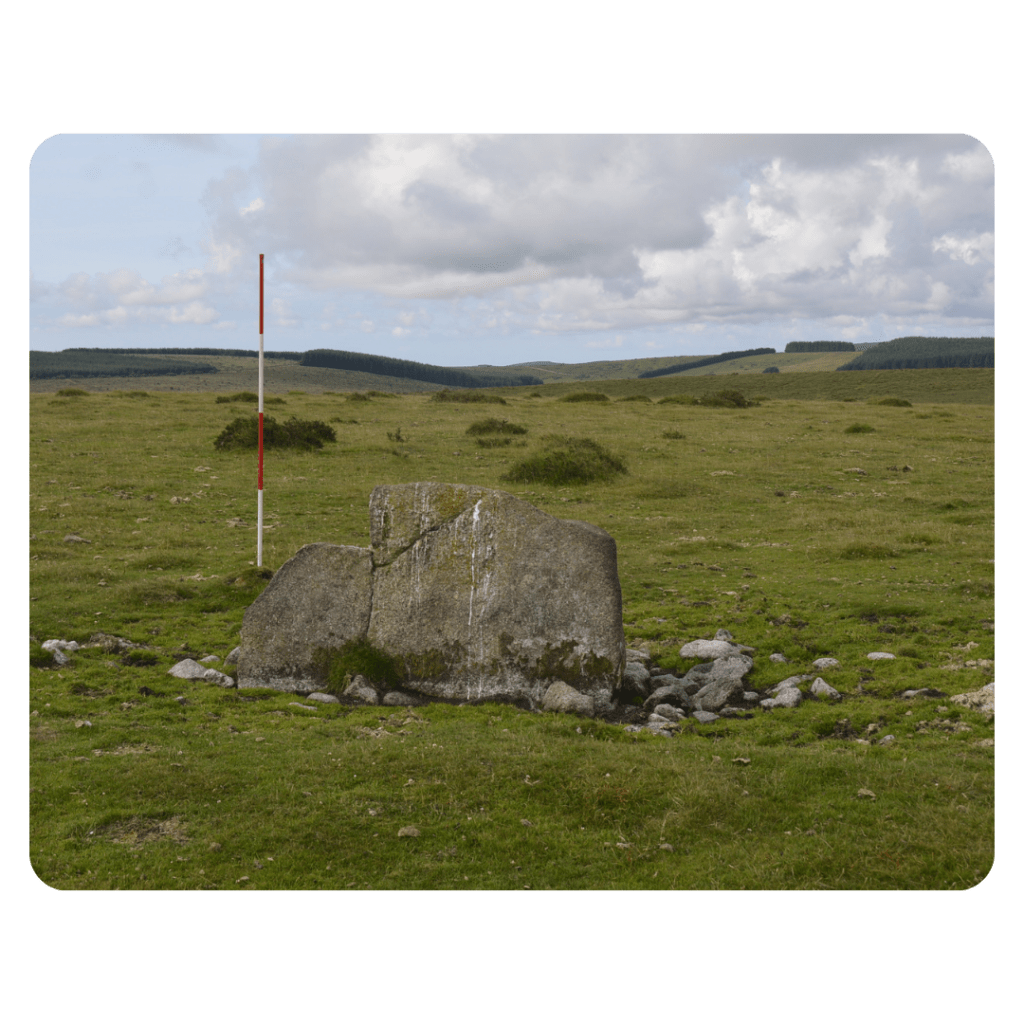
This monument is a prehistoric stone alignment with two outlying stones, situated on East Moor on Bodmin Moor. The monument is one of many local, broadly contemporary ceremonial and funerary monuments including a large, embanked platform cairn, a second stone alignment on the periphery of another platform cairn and a ritual spaced-stone enclosure.
Containing 30 visible stones, the monument is experienced as a single, almost straight, row of stones extending 614m across a valley to the southern lower slope of Fox Tor making it the longest in Cornwall. Gaps do occur where stones have been removed or have fallen and lie buried beneath the turf; these gaps are likely to contain the sockets of the intervening slabs, their packing stones and the fallen stones themselves where they have not been removed.
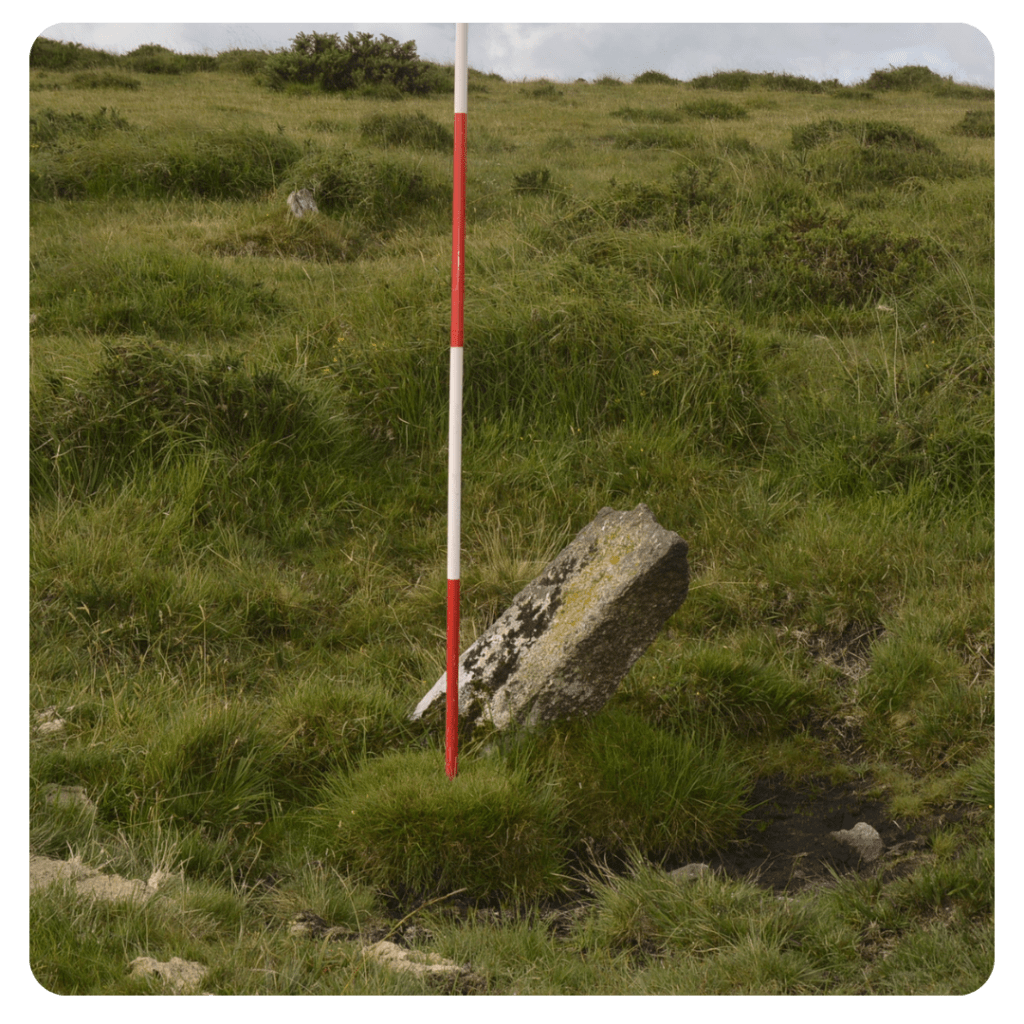
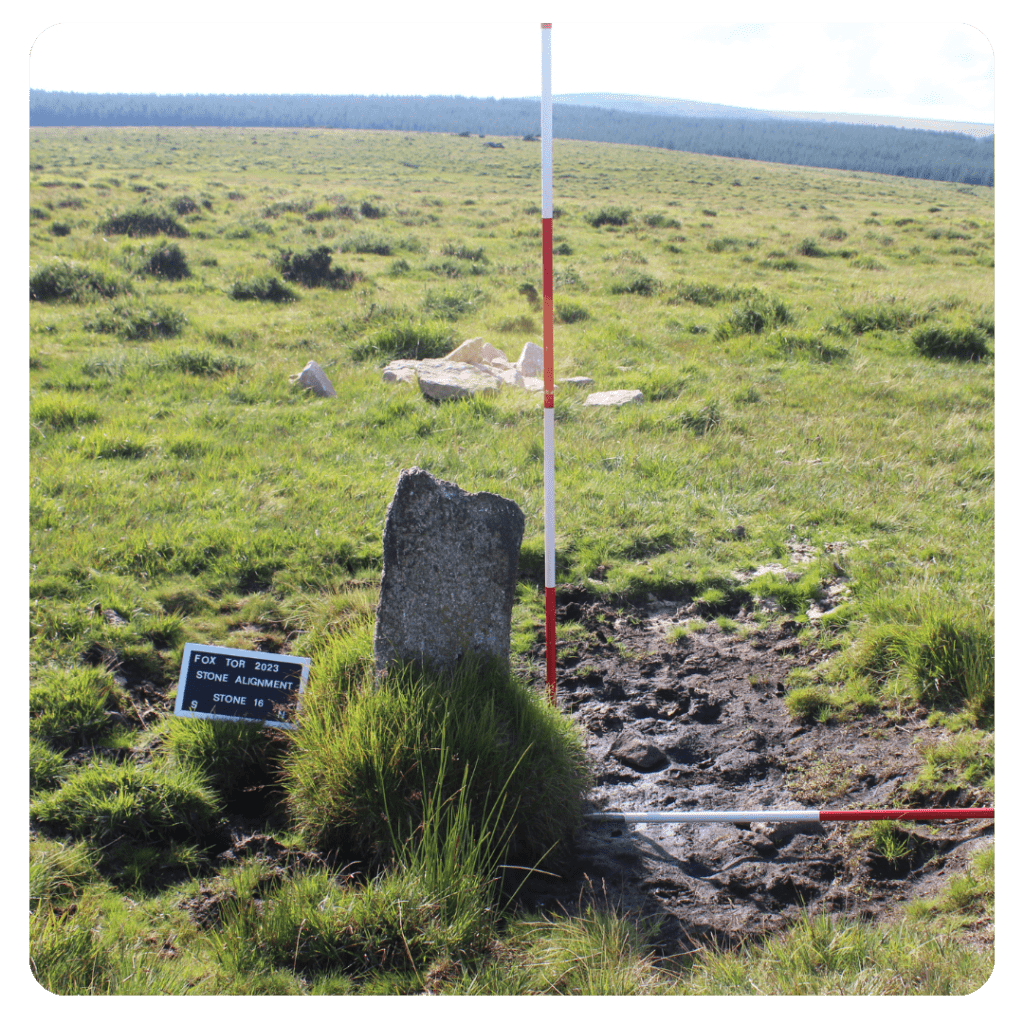
This stone alignment was listed on Historic England’s at-risk register with the main threat resulting from livestock erosion. Cattle, ponies and sheep rub against the stones and erode the ground surrounding the base which exposes the packing stones, and this ultimately leads to destabilisation. Hollows created by the erosion are then filled with rainwater making them even more vulnerable to toppling. A survey carried out in 2021 found that the hollows, which at the time were filled with water, were up to 60cm deep. Furthermore, the site is under threat from overgrown gorse which obscures the alignment resulting in the site being difficult to find and is therefore underappreciated.
In total, 2 stone were re-erected and 3 eroded hollows were infilled creating a solid surface around the stones.
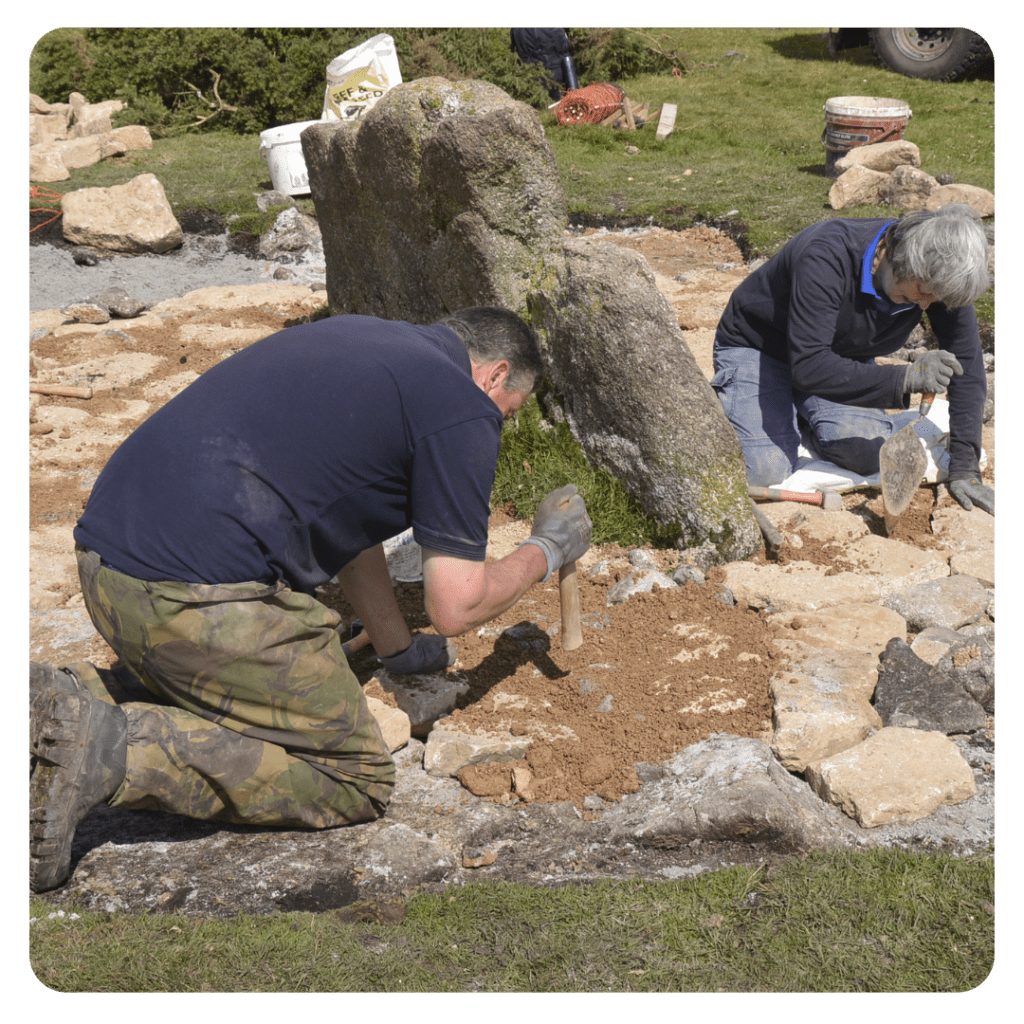
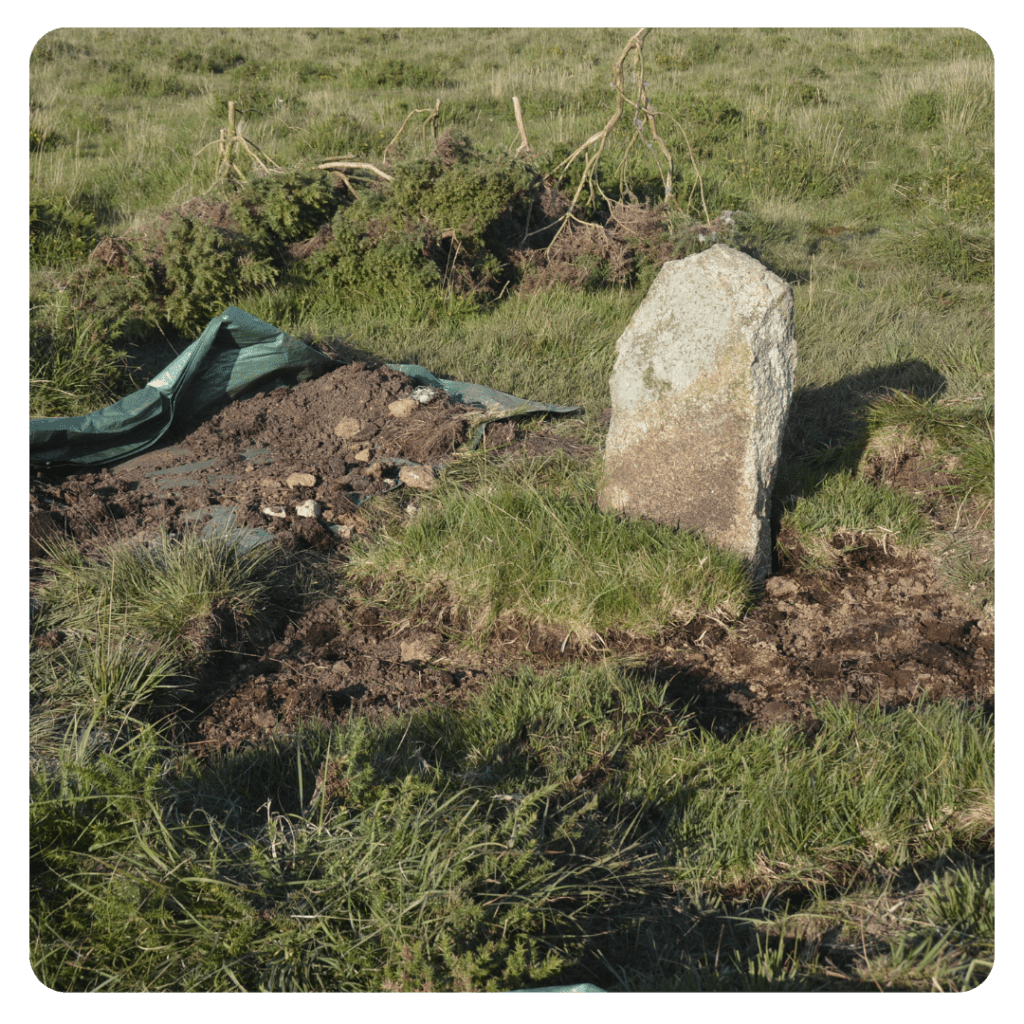
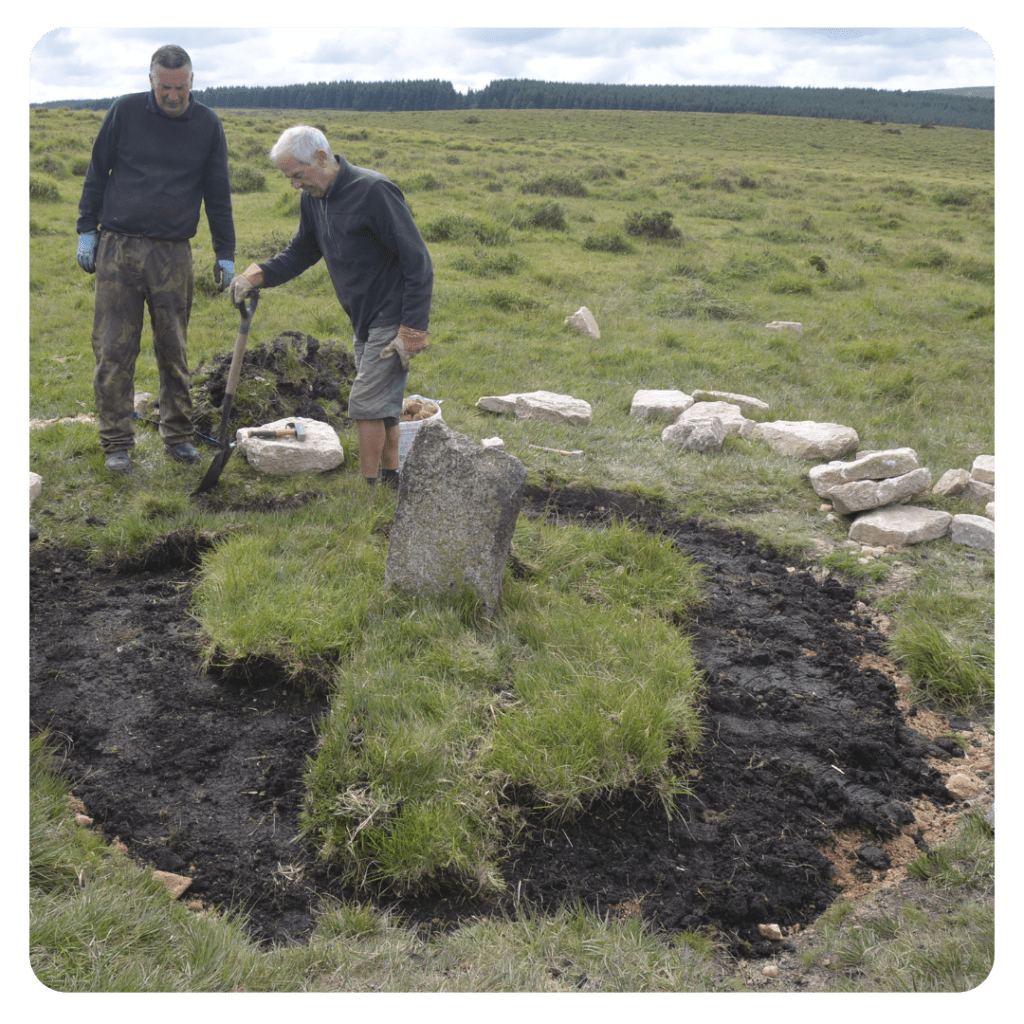
Monitoring of the site is key to the sites long-term survival. Volunteers will continue to monitor the condition of the repairs and stone alignment as a whole in the future, feeding back any concerns or issues to the Historic England Heritage at Risk Officer. Furthermore, the site will have accessible digital interpretation on our website including an annotated still drone image. There will be no on-site interpretation as this will detract from the natural beauty of the surrounding area.
